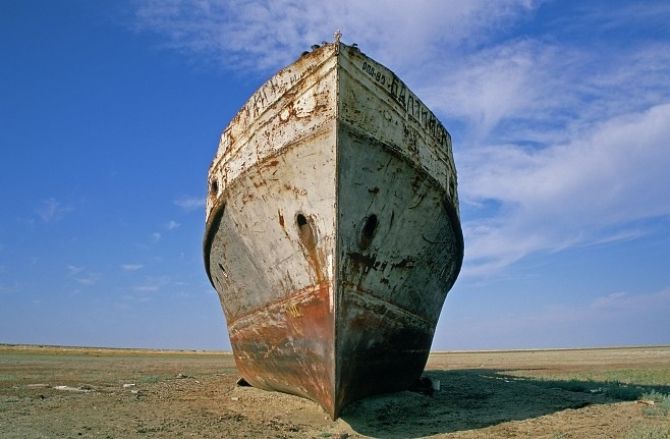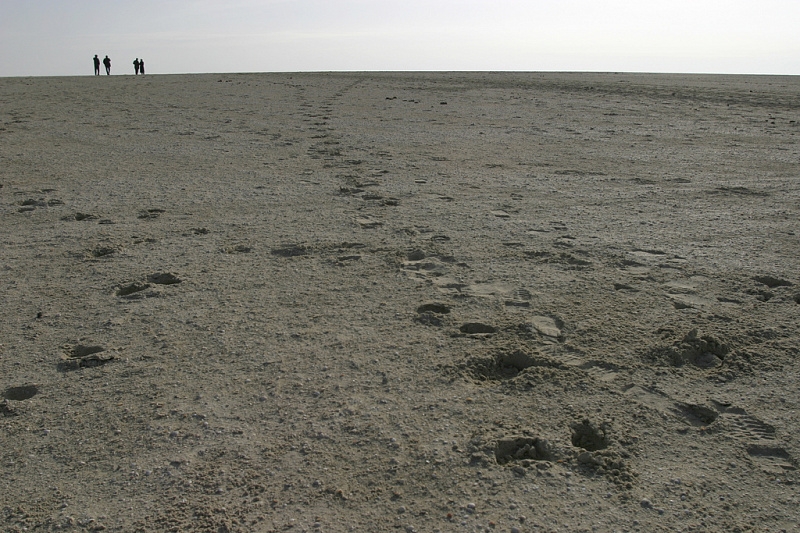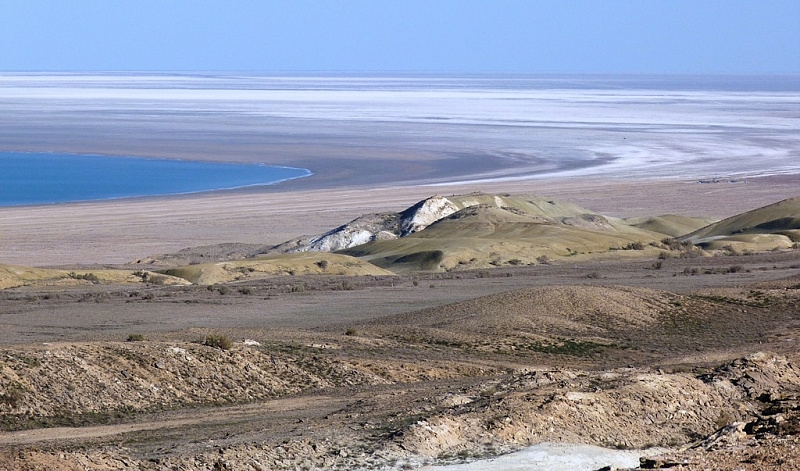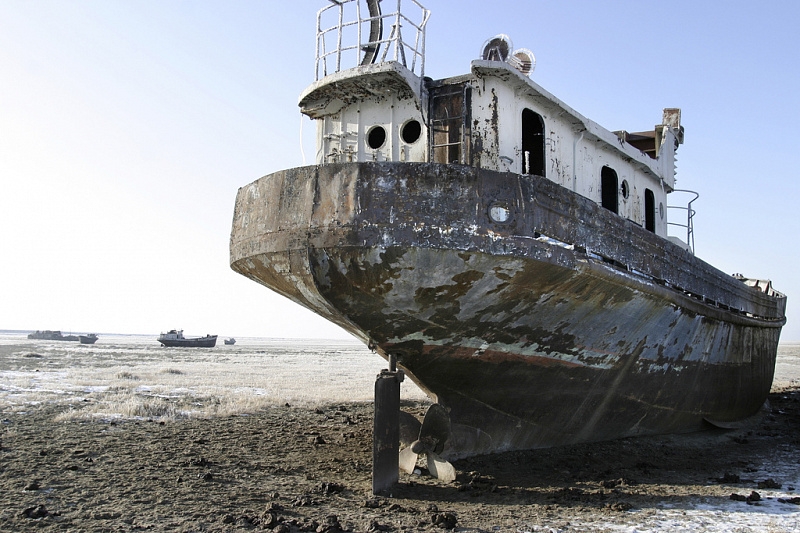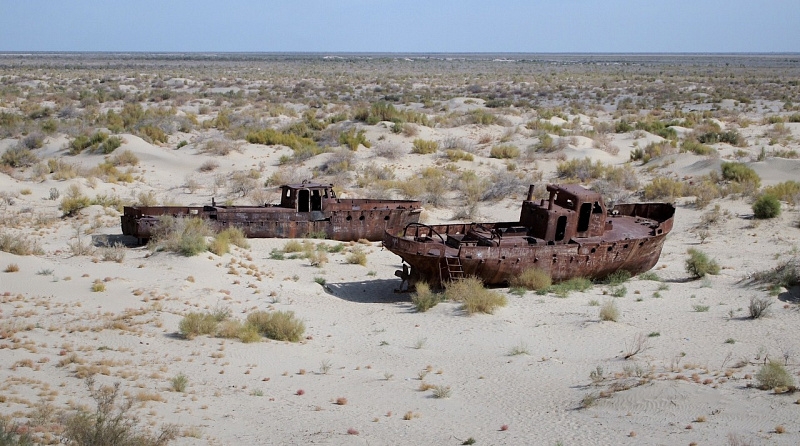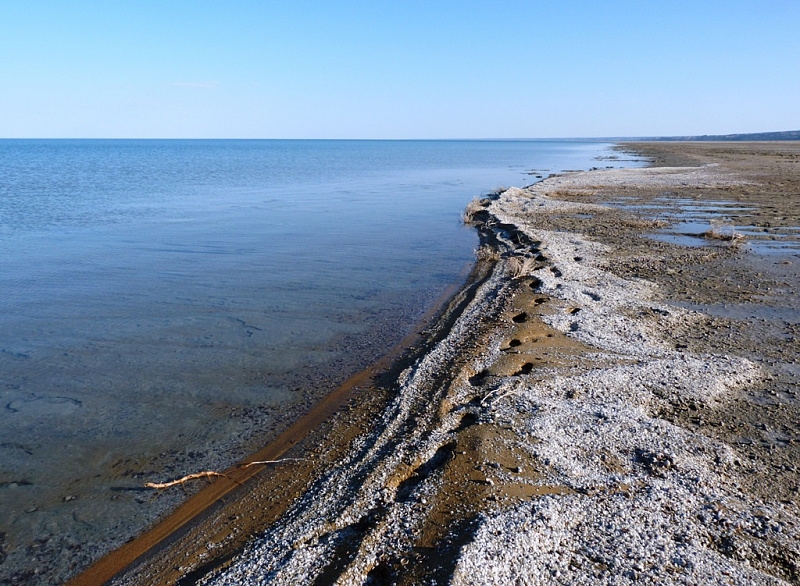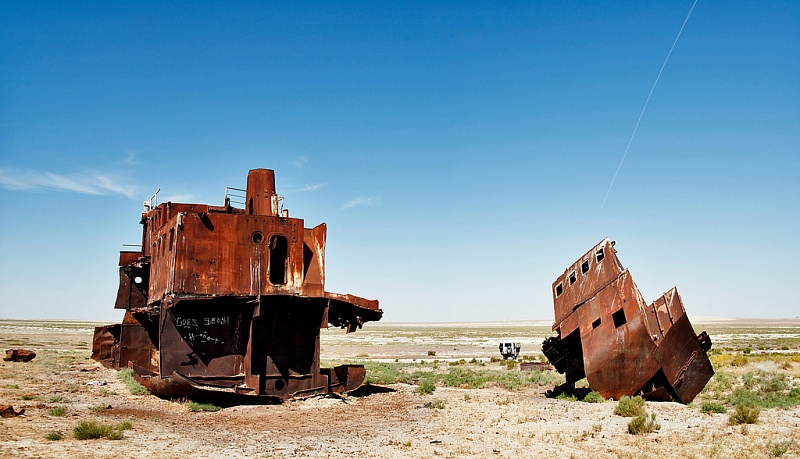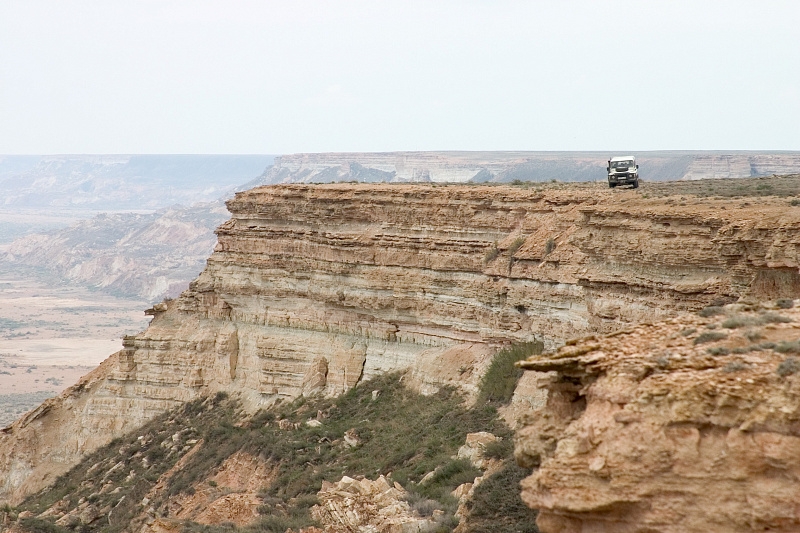After reading the article “Why did the Aral Sea dry up?” I wanted to learn more about this natural disaster. Let’s figure out what happened to the once fourth largest lake in the world…

Perhaps you noticed that I called the Aral Sea a lake? And I was not mistaken, it really is a drainless salt lake, and it is traditionally referred to the sea because of its large size, like the “neighboring” Caspian Lake. By the way, they are both remnants of the ancient, now defunct, Tethys Ocean.
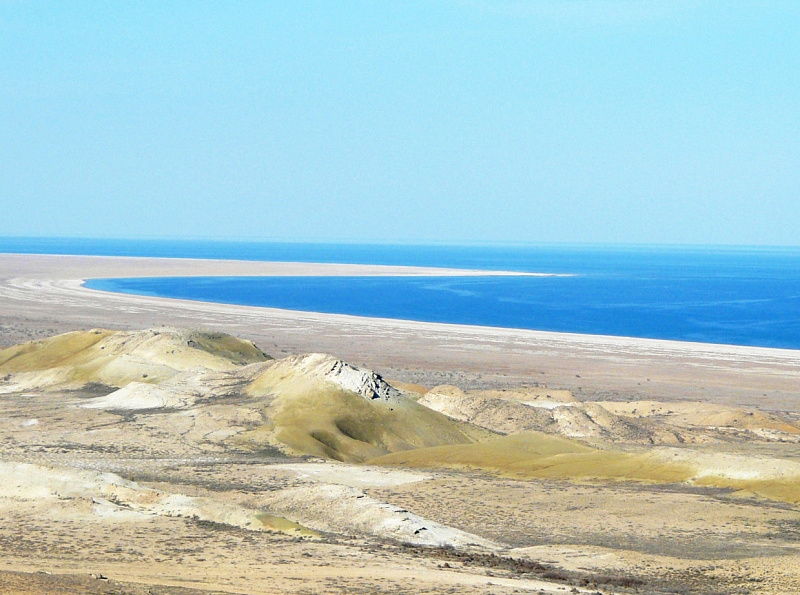
And a little geography for those who do not know where the Aral Sea is located, I explain: it is located in Central Asia, on the border of Uzbekistan and Kazakhstan.
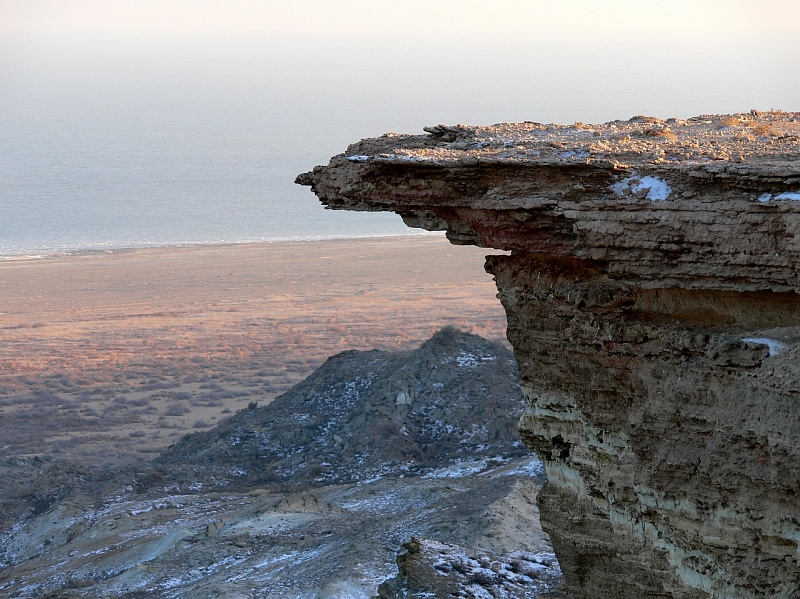
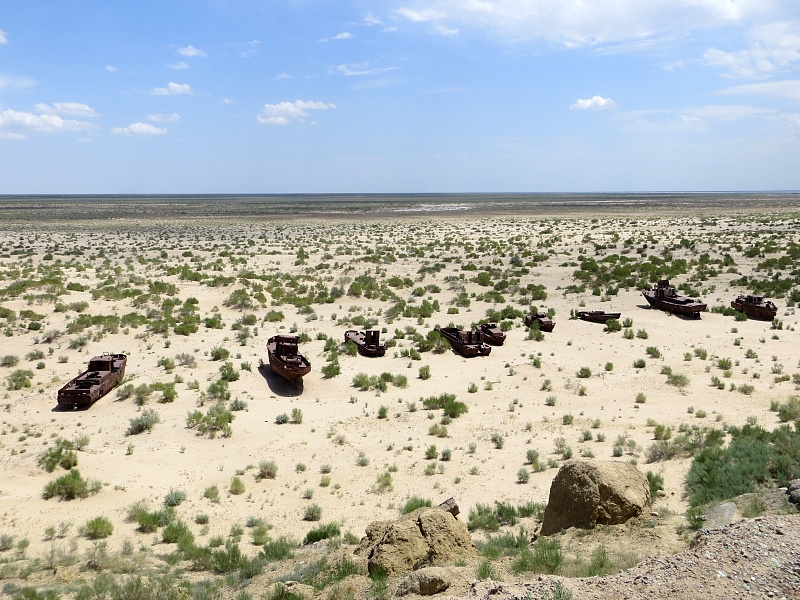
The drying process of the Aral Sea began back in the 1980s. The beginning of its end is considered to be the 1960s, when the active development of agriculture, including cotton growing, began in the then Central Asian Soviet republics of Uzbekistan, Turkmenistan and Kazakhstan, for which water was actively diverted from the Syrdarya and Amudarya rivers feeding the lake through irrigation channels.
Recent documentary video about the Aral Sea (France 24):

As a result of the constant increase in the volume of water drainage from rivers, by 2009 the Aral Sea had moved tens of kilometers away from the cities that formerly stood on its shores and split into two isolated reservoirs.
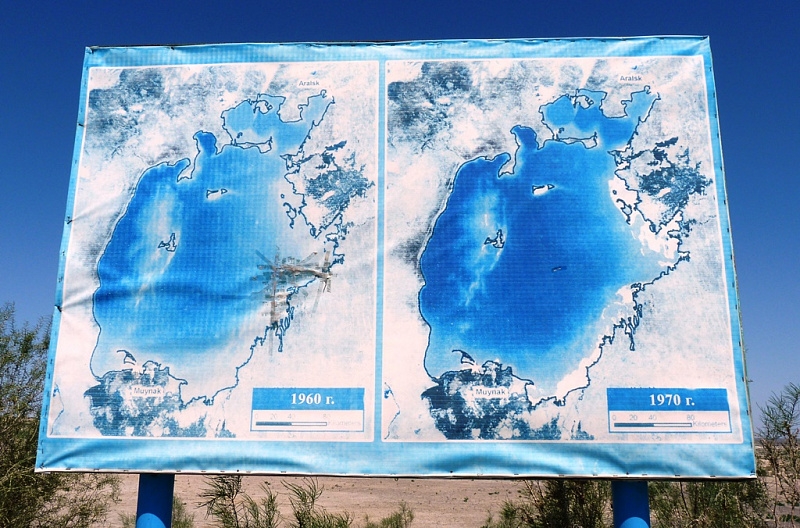


The first is the Northern or Small Aral Sea (located on the territory of Kazakhstan), and the second is the Southern or Large Aral Sea (Kazakhstan and Uzbekistan).
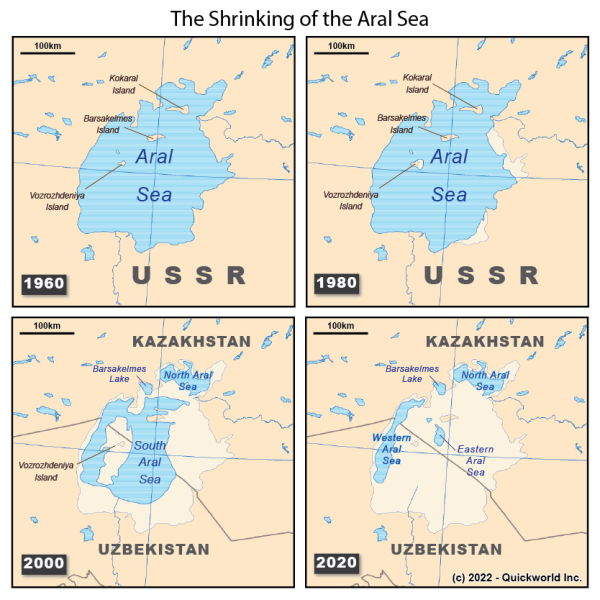
The drying map of the Aral Sea
Problems of the Aral Sea
The drying up of the sea affected the entire region of its former water area as a whole: ports were closed, fishing in industrial volumes stopped, since the salinity of the water increased almost 10 times, and many species of flora and fauna could not survive in dramatically changed conditions. The climate of the Aral Sea has also changed – winter has become colder and longer, and summer has become even drier and hotter.
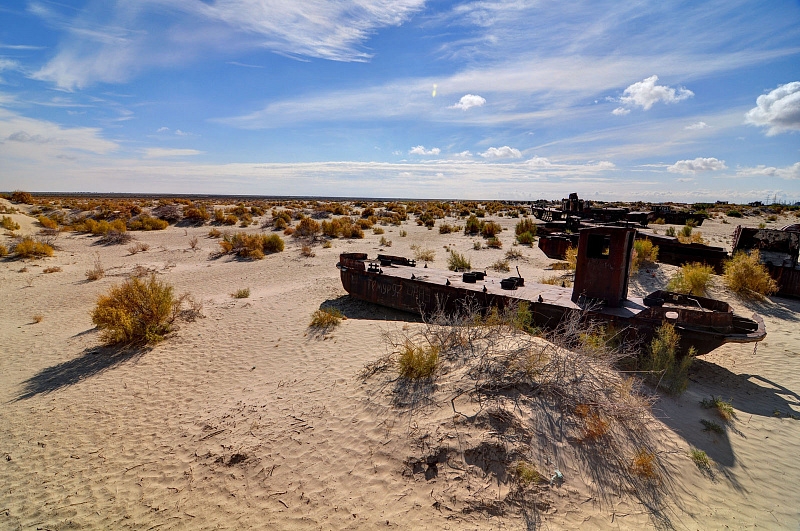

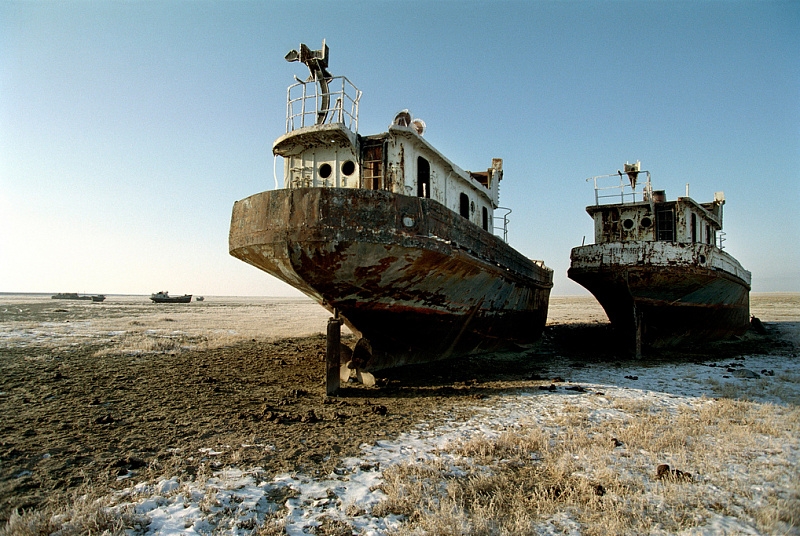
In addition, the winds carry a huge amount of dust from the drained territories, containing both sea salt, pesticides and many more chemicals. This is one of the main causes of high mortality among residents of the region, especially among children.
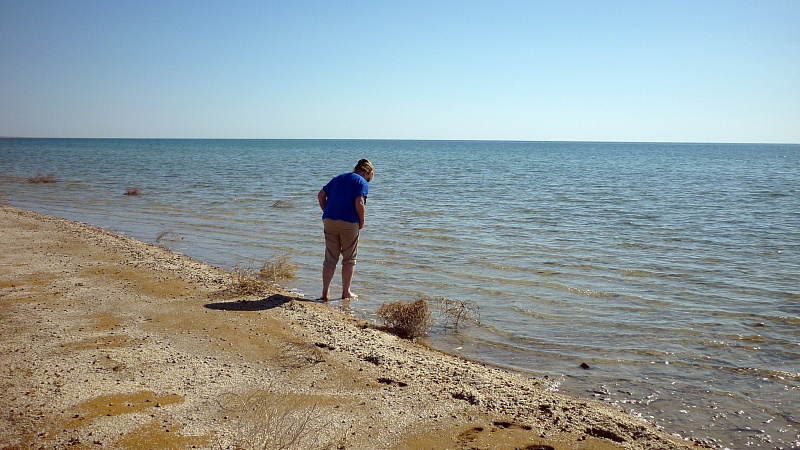
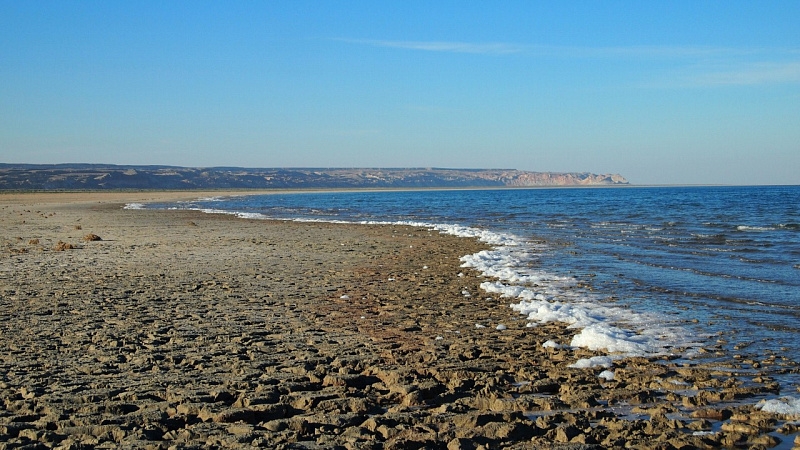
What to do? How to save the Aral Sea?
Many experts were thinking about ways to solve the problem of shallowing the Aral Sea, but apart from the “crazy” Soviet project to turn several Siberian rivers, there were no other options. But since this turnaround will have very serious environmental consequences for many areas of our Siberia, there is no chance of its implementation.
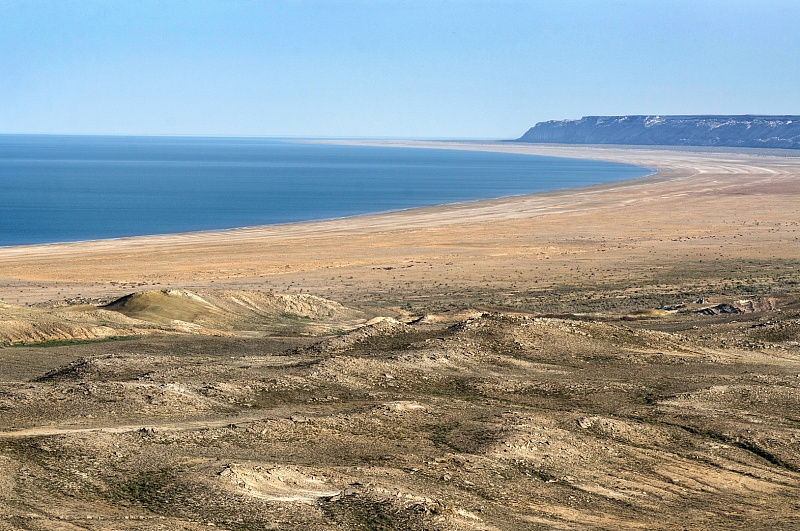
The only real steps to save the Aral Sea and the economy of the region as a whole are now being taken only by the authorities of Kazakhstan. However, they decided to save only the Small Aral Sea, that is, the northern part of the sea, which is completely located on the territory of their country.
In 2005, the construction of the 17-kilometer Kokaral dam, 6 m high and about 300 meters wide, which fenced off the Northern Aral Sea from the rest of the sea, was completed.
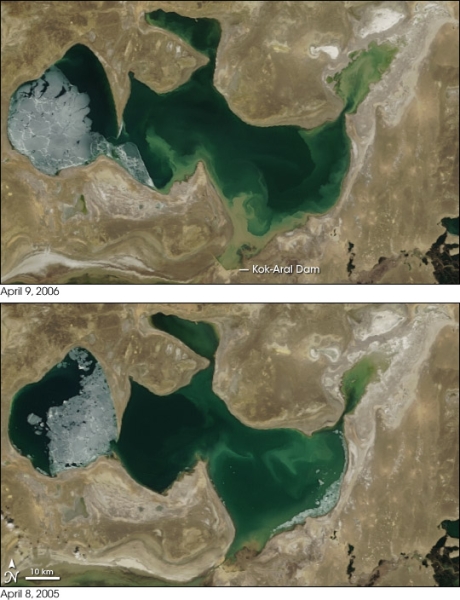
Because of this, the flow of the Syrdarya River now accumulates only in this reservoir, due to which the water level is gradually increasing. This allowed not only to reduce the salinity of the water, but also to breed commercial varieties of fish in the Northern Aral Sea. And in the future, this should help in the restoration of the flora and fauna of the Aral Sea region.
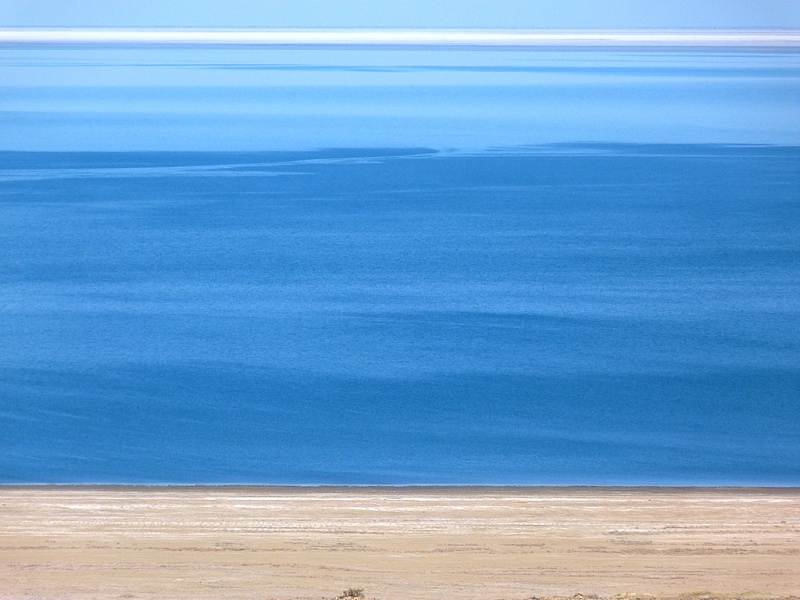
Also, in the near future, the Kazakh authorities want to build a dam with a hydroelectric power plant and a shipping channel here in the Small Aral, thanks to which it is planned to connect the former port of Aralsk with the gone big water.
Well, the Big Aral Sea, located on the territory of Uzbekistan and Kazakhstan, was less fortunate. No one is saving it, and most likely in the next decade it will disappear from the maps altogether.

